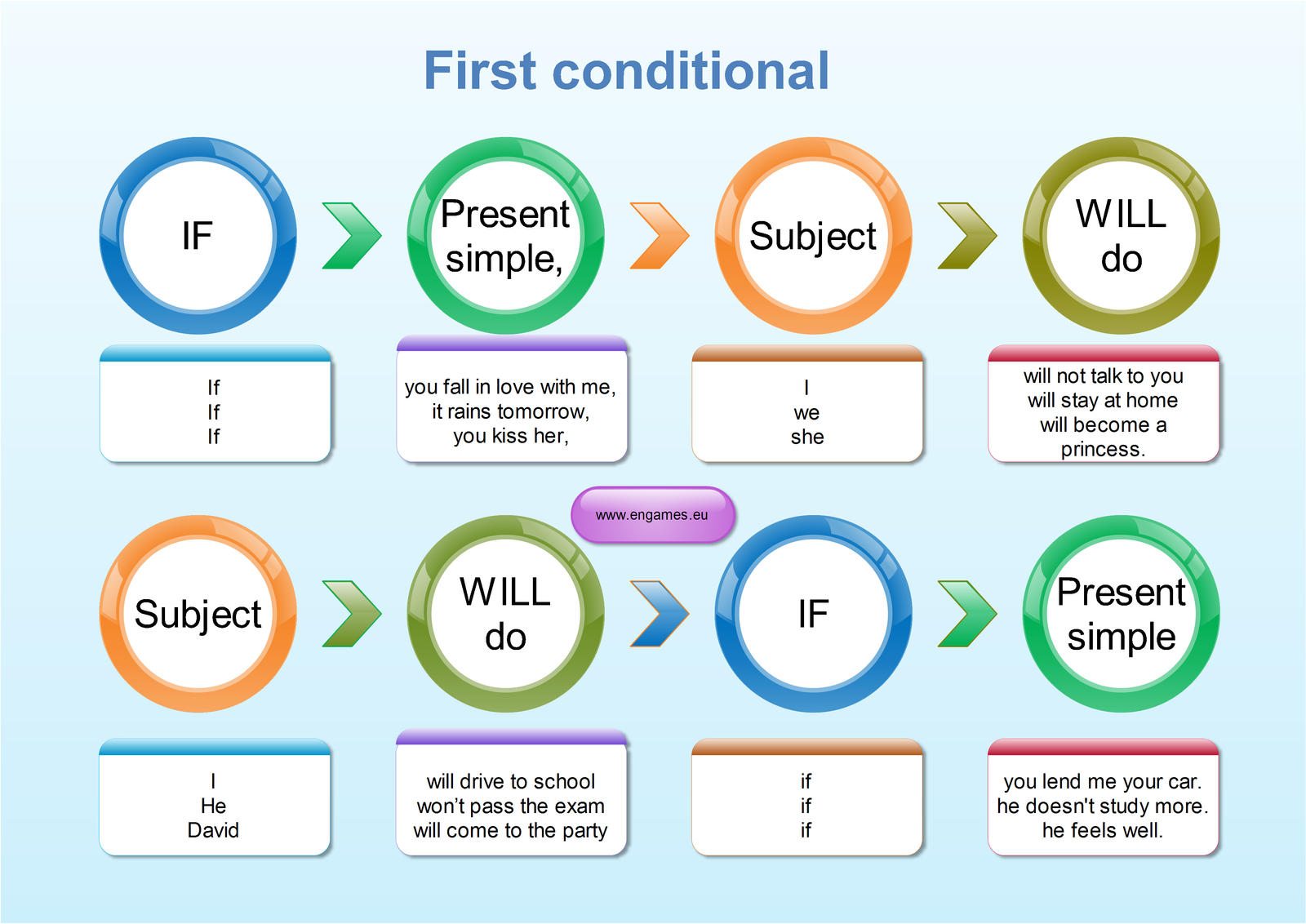When learning English, it is important to understand the different types of conditional sentences. The first conditional is used to talk about real situations or events that are likely to happen in the future based on a specific condition. It is formed by using ‘if’ followed by the present simple tense, and then the future simple tense in the main clause.
First conditionals are commonly used in everyday conversations, making them an essential part of English grammar. Understanding how to use them properly will help you communicate effectively and express future possibilities.
For example, if it rains tomorrow, we will stay indoors. In this sentence, the condition is ‘if it rains tomorrow’ and the result is ‘we will stay indoors’. The future simple tense is used to show the action that will happen if the condition is met.
It is important to note that the first conditional is used for possible or likely future events, not for hypothetical situations. The condition must be realistic and have a chance of happening in order for the first conditional to be used correctly.
Additionally, the first conditional can be used to give advice or make suggestions based on a specific condition. For example, if you study hard, you will pass the exam. This sentence implies that studying hard is the condition for passing the exam, and gives advice on how to achieve a desired outcome.
In conclusion, the first conditional is a useful tool in English grammar for talking about future events based on specific conditions. By mastering the structure and usage of first conditionals, you can improve your communication skills and effectively express possibilities and advice in English.
